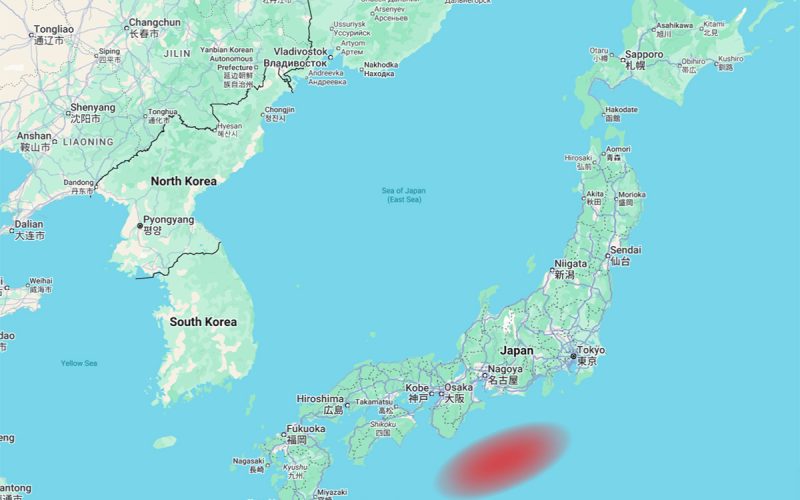On January 13, 2025, at 9:19 p.m. local time, a magnitude 6.9 earthquake struck off the coast of southwestern Japan, near Miyazaki Prefecture on the island of Kyushu.
The Japan Meteorological Agency (JMA) initially issued a tsunami advisory for the coasts of Miyazaki and Kochi prefectures, warning of possible waves up to one meter.
Residents in the affected areas reported strong shaking, with some describing difficulty standing during the tremor.
Local authorities promptly issued evacuation advisories for coastal regions, utilizing radio messages to urge residents to seek higher ground. Despite the intensity of the quake, there have been no immediate reports of significant structural damage or injuries.
Nuclear power plants in the region, including the Sendai and Genkai facilities operated by Kyushu Electric Power, reported no irregularities and continue to function normally.
Approximately two hours after the quake, the JMA lifted the tsunami advisory, confirming that the anticipated waves did not materialize to a dangerous extent. A small tsunami, about 20 centimeters, was detected, but it did not pose a significant threat.
Authorities have advised residents to remain cautious of potential aftershocks and to stay informed through official channels.
Japan’s location along the Pacific “Ring of Fire” makes it particularly susceptible to seismic activity. The country has implemented advanced earthquake and tsunami warning systems, along with stringent building codes, to mitigate the impact of such natural disasters.
The recent event serves as a reminder of the importance of preparedness and the effectiveness of Japan’s disaster response infrastructure.





